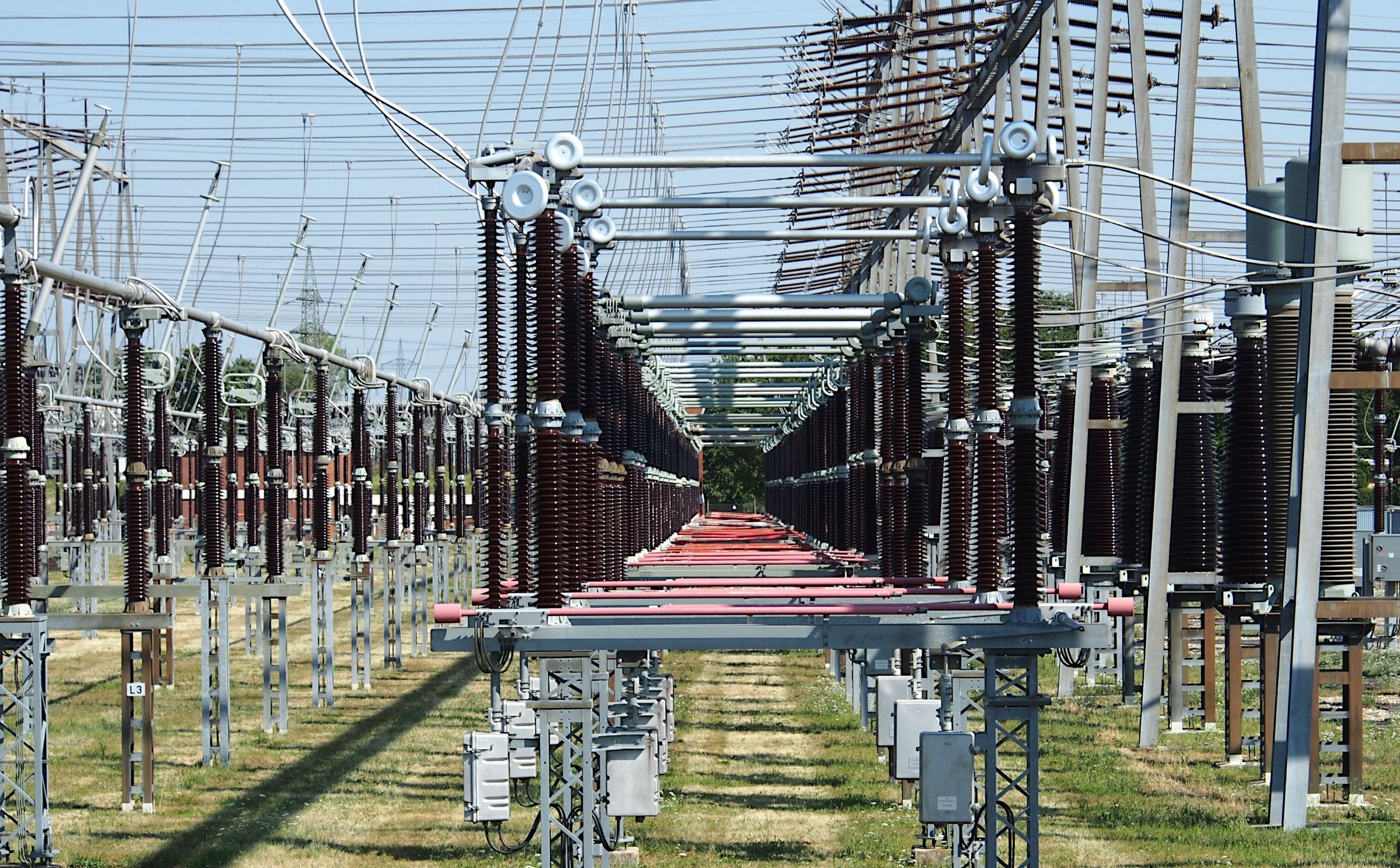TINY MACHINE LEARNING (TINYML) ADVANCEMENTS FOR INTELLIGENT BATTERY-POWERED IOT SENSORS
Keywords:
TinyML, microcontrollers, MLPerf Tiny, CMSIS-NN, TensorFlow Lite Micro, LiteRT, quantization, federated learning, keyword spotting, visual wake wordsAbstract
Battery-powered IoT sensors are increasingly capable of on-device intelligence through Tiny Machine Learning (TinyML). Advances in ultra-low-power microcontrollers (MCUs), efficient neural kernels, model compression, and hardware-aware network design have made it practical to run speech, vision, and anomaly-detection models within tens to hundreds of kilobytes of memory and single-digit milliwatt power envelopes. This paper surveys the evolution of TinyML, key software stacks (TensorFlow Lite Micro, LiteRT for Microcontrollers, CMSIS-NN, MCUNet/TinyEngine), and hardware ranging from general-purpose MCUs to neural sensor hubs. Learning paradigms such as quantization, pruning, knowledge distillation, on-device transfer learning, and federated learning are reviewed in detail. We consolidate benchmark data from MLPerf Tiny with a focus on energy efficiency, accuracy, and latency, and present practical design formulas for estimating battery life and energy per inference in always-on pipelines. Expanded case studies in health wearables, smart agriculture, and industrial monitoring highlight real-world feasibility. Finally, open challenges such as intermittent energy harvesting, standardized evaluation, privacy, and neuromorphic TinyML are discussed. The paper provides a comprehensive roadmap for engineers designing long-life, intelligent sensors.
















